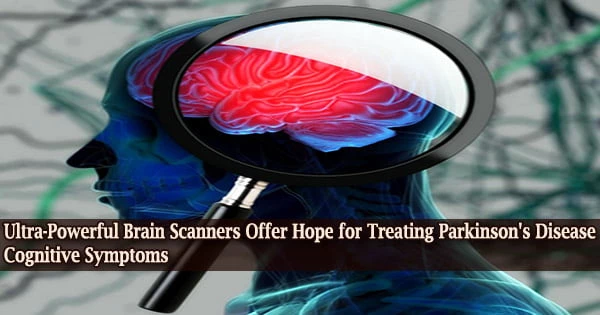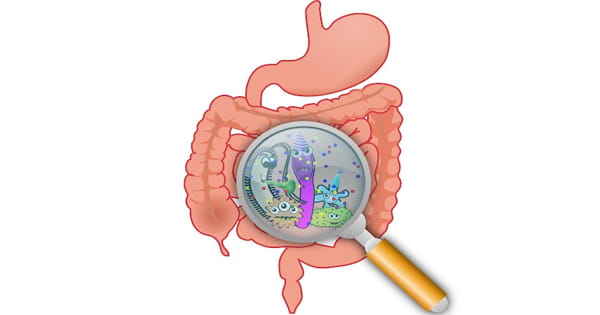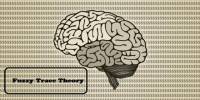According to scientists, ultra-powerful 7T MRI scanners could be used to help identify people with Parkinson’s disease and other comparable disorders who are most likely to benefit from new medicines for previously untreatable symptoms.
Parkinson’s disease and progressive supranuclear palsy (PSP), a related ailment, are degenerative brain diseases that affect mobility as well as motivation and cognition. These later symptoms can have a significant impact on a patient’s outcome, influencing survival and general well-being, as well as family stress and costs.
Parkinson’s disease is a movement illness that affects the nerve system. Symptoms appear gradually and may begin with a barely detectable tremor in only one hand. Tremors are common, however, they are often accompanied by stiffness or slowed mobility.
Researchers at the University of Cambridge employed a new ultra-high-strength ‘7T’ MRI scanner at the Wolfson Brain Imaging Centre to evaluate alterations in the brains of persons with Parkinson’s disease, PSP, or in good health to better understand the reasons of these cognitive impairments. The magnetic field strength of 7T refers to the strength of the magnetic field; most MRI scanners are 3T or less.
The results are published today in the journal Movement Disorders.
Drugs like L-DOPA, which compensate for the substantial loss of dopamine in patients with Parkinson’s disease and PSP, are commonly used to treat them. However, dopamine therapy is ineffective for many non-motor symptoms.
That is why researchers have began to focus on noradrenaline, a neurotransmitter involved in a variety of brain activities such as attention, arousal, thinking, and motivation.
Professor James Rowe from the Department of Clinical Neurosciences at the University of Cambridge, who led the study, said:
“Noradrenaline is very important for brain function. All of our brain’s supply comes from a tiny region at the back of the brain called the locus coeruleus which means ‘the blue spot’. It’s a bit like two short sticks of spaghetti half an inch long: it’s thin, it’s small, and it’s tucked away at the very base of the brain in the brain stem.”
Professor Rowe’s team discovered that some persons with PSP had lost up to 90% of the noradrenaline-producing locus coeruleus in a study of brains donated to the Cambridge Brain Bank last year.
The ultra-powerful 7T scanner may help us identify those patients who we think will benefit the most. This will be important for the success of the clinical trial, and, if the drugs are effective, will mean we know which patients to give the treatment to. In the long term, this will prove more cost-effective than giving noradrenaline boosters to patients who ultimately would see no benefit.
Dr. Rong Ye
The researchers sought to know how this tiny region could be investigated in individuals who were still alive. Previous MRI scanners lacked the resolution needed to accurately evaluate the region in live patients.
“The locus coeruleus is a devil to see on a normal scanner,” said Professor Rowe. “Even good hospital scanners just can’t see it very well. And if you can’t measure it, you can’t work out how two people differ: who’s got more, who’s got less? We’ve wanted MRI scanners to be good enough to do this for some time.”
While conventional scanners can display structures with the resolution of a grain of rice, 7T scanners with ultra-strong magnetic fields can provide resolution as small as a grain of sand.
The scanners allowed the researchers to study their individuals’ locus coeruleus and demonstrate that the more damage to this region, the more acute their apathy symptoms were and the poorer they fared on cognitive tests.
The findings suggest that novel treatments for these symptoms may be on the way. A variety of noradrenaline-boosting medicines have already been tested in clinical trials for different illnesses and have been found to be safe and well-tolerated.
Professor Rowe and colleagues are currently conducting a clinical trial at Cambridge University Hospitals NHS Foundation Trust to explore if these medications will help people with PSP.
Dr. Rong Ye from the Department of Clinical Neurosciences at the University of Cambridge, the study’s joint first author, said:
“Not every PSP or Parkinson’s patient is going to benefit from noradrenaline-boosting drugs. They’re more likely to benefit those people with damage to their locus coeruleus and the greater the damage, the more benefit they’re likely to see.”
“The ultra-powerful 7T scanner may help us identify those patients who we think will benefit the most. This will be important for the success of the clinical trial, and, if the drugs are effective, will mean we know which patients to give the treatment to. In the long term, this will prove more cost-effective than giving noradrenaline boosters to patients who ultimately would see no benefit.”
Damage to the locus coeruleus is considered to be caused by a build-up of the junk protein tau in PSP. When noradrenaline is broken down, it appears to cause alterations in the tau protein, which leads to the accumulation of tau.
As a result, the same cells that create noradrenaline are damaged, creating a vicious cycle. Parkinson’s disease can lead to a similar condition.
The research was supported by Parkinson’s UK, the Cambridge Centre for Parkinson-Plus, the China Scholarship Council, the Australian National Health and Medical Research Council, Fitzwilliam College, the Association of British Neurologists, Patrick Berthoud Charitable Trust, the Medical Research Council, James S. McDonnell Foundation, Wellcome Trust and the NIHR Cambridge Biomedical Research Centre.
















